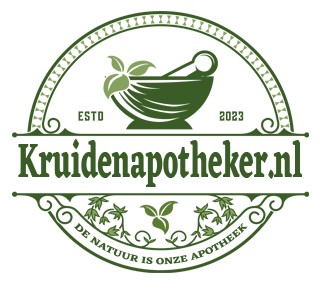Natural Science Hub Search function
Type your keywords and we will find the results

-
As our ongoing work, a series of peptidomimetic L-iso-glutamine derivatives derived from antineoplaston AS2-5 scaffold were prepared and their APN/CD13 and MMP-2 inhibitory activities were evaluated hereby. The results displayed that these compounds exhibited selective inhibition against APN as compared with MMP-2, with IC(50) values in micromole range. Compounds A1 and A2 showed comparable APN inhibitory activities than the positive control bestatin.
Read More on PubMed -
Overexpression of zinc-dependent metalloproteinase, aminopeptidase N (APN/CD13), is considered to be involved in the process of tumor invasion and metastasis. Herein we describe the synthesis and in vitro enzymatic inhibition assay of antineoplaston AS2-5 scaffold peptidomimetic compounds. The results demonstrated that most of these L-iso-glutamine derivatives displayed selective inhibitory activity against APN as compared with MMP-2, with IC(50) values in the micromole range. The structure-activity relationships were also briefly discussed.
Read More on PubMed -
Toxicology studies on antineoplaston AS2-5 injections in cancer patients.
- Date:
- Author: Burzynski SR |
Antineoplaston AS2-5 is one of the degradation products of Antineoplaston A10. The chemical structure of Antineoplaston AS2-5 corresponds to phenylacetylglutamine. Toxicology studies of Antineoplaston AS2-5 injections involved 13 patients diagnosed with 15 types of neoplastic disease, including: lung cancer, 3 cases; breast, 3 cases; colon, 2 cases; and single cases of cancer of the larynx, prostate, stomach, pancreas, malignant fibrohistiocytoma, embryonal teratoma and lymphocytic lymphoma. Antineoplaston AS2-5 was injected i.v. daily through subclavian vein catheter in divided doses. The treatment was administered from 41 to 436 days. The highest dosage given was 167.6 mg/kg/24 h. The treatment was associated with only very mild side-effects, including febrile reaction in two patients and swelling of small joints in one patient. Two patients had beneficial side-effects, including increase of platelet count and increase of concentration of plasma globulin. The treatment resulted in two complete remissions, one mixed response, four cases of stabilization and six cases of increasing disease. Complete remission was achieved in squamous cell carcinoma of the larynx, stage II, and large cell undifferentiated carcinoma of the lung with lymph nodes and liver metastases. One patient had mixed response during the treatment of carcinoma of the breast with metastases to the lymph nodes, liver and skin and obtained complete remission of liver metastases but increasing disease of skin metastases. Eight patients discontinued the treatment and three patients died during the trials. The patient diagnosed with lung cancer who obtained complete remission continues to be free from the disease over 5 years after the beginning of the treatment.(ABSTRACT TRUNCATED AT 250 WORDS)
Read More on PubMed -
Preclinical studies on antineoplaston AS2-1 and antineoplaston AS2-5.
- Date:
- Author: Burzynski SR | Mohabbat MO | Lee SS |
Antineoplaston AS2-1 and Antineoplaston AS2-5 are degradation products of Antineoplaston A10. The initial hydrolysis of Antineoplaston A10 (3-phenylacetylamine-2, 6-piperidinedione) yields phenylacetylglutamine and phenylacetylisoglutamine. When hydrolysis is carried further the products of the reaction include phenylacetic acid, glutamic acid and ammonia. Sodium salts of phenylacetylglutamine, named Antineoplaston AS2-5, phenylacetic acid and a mixture of phenylacetylglutamine and phenylacetic acid in the ratio of 1:4, named Antineoplaston AS2-1, were submitted for tissue culture and animal toxicity studies. Tissue culture tests were carried out on breast carcinoma cell lines HBL-100 and Ki No. 1 and the results were expressed as the percentage of colony reduction based on control. Acute toxicity studies were done on a group of 88 HA/ICR Swiss mice with each of these formulations. An additional group of 160 mice was used for chronic toxicity studies of Antineoplaston AS2-1. In chronic toxicity studies the mice were injected with 92.3 mg/kg, 553.8 mg/kg and 1107.6 mg/kg of Antineoplaston AS2-1 intraperitoneally for 365 days and subjected to complete physical, gross pathology and microscopic examination. LD50 for tested formulations were as follows: Antineoplaston AS2-1: 2.83 g/kg, Antineoplaston AS2-5: 2.90 g/kg and phenylacetic acid: 2.71 g/kg. The results clearly demonstrated that Antineoplaston AS2-1 has interesting antineoplastic activity in tissue culture of breast carcinoma, and low acute and chronic toxicity in mice. Antineoplaston AS2-5 does not show significant activity in tissue culture of breast carcinoma HBL-100 and only slight antineoplastic activity in Ki No. 1. Both formulations were submitted for phase I clinical testing in cancer patients.
Read More on PubMed




